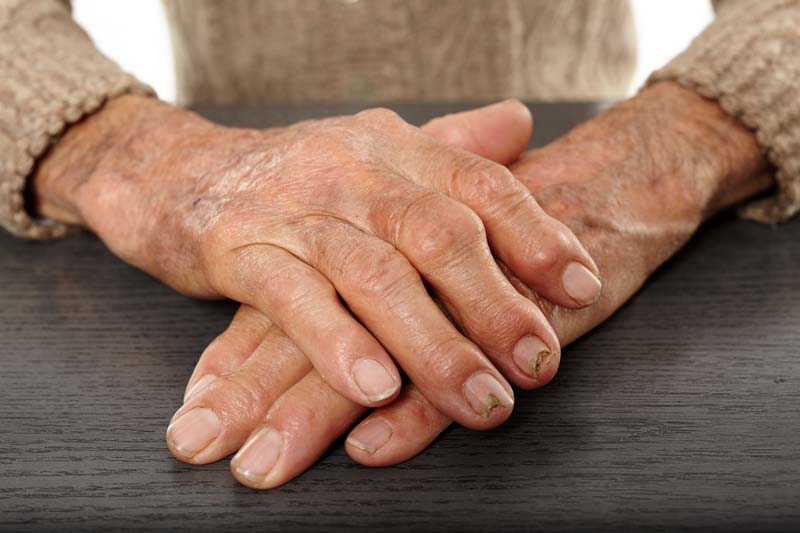Over 54.4 million adults are diagnosed with arthritis, published the CDC. The risk of the illness increases with age, with a 23.5% prevalence in women and 18.1% in men. The question is, can reflexology for arthritis help?
Although reflexology is not your typical pain therapy, it might have its uses. People rely on this ancient treatment for treating headaches, digestion problems, pain, insomnia, and more. But, does it really have what it takes to help patients with arthritis?
We decided to delve deeper into one of the oldest treatments and study its impact. Here is all you need to know before you add reflexology massages to your routine.
The Effect Of Reflexology In Patients With Arthritis

Patients with arthritis are facing considerable emotional, social, and physical difficulties. This chronic disease tends to have a profound impact on their quality of life and overall health. Since there is no actual cure for the condition, many people rely on alternative treatments. One of them is reflexology.
According to a clinical study from the Life Science Journal, reflexology for arthritis can help calm the pain and improve quality of life. During their 8-week study, scientists gave 39 female volunteers regular reflexology treatments.
Each volunteer was diagnosed with rheumatoid arthritis. None of the participants had any deformities or damage to the joints and bones. The goal of the research was to see the effect of the reflexology treatment and impact on this chronic illness.
Based on the reports, patients reported experiencing positive pain and health improvements during the intervention and the follow-up phase. Both feet and hands reflexology in rheumatoid arthritis patients helped them reduce their pain and improve their quality of life and overall health. As a result, scientists recommend the use of reflexology as a complementary treatment.
How Does Reflexology For Arthritis Work?
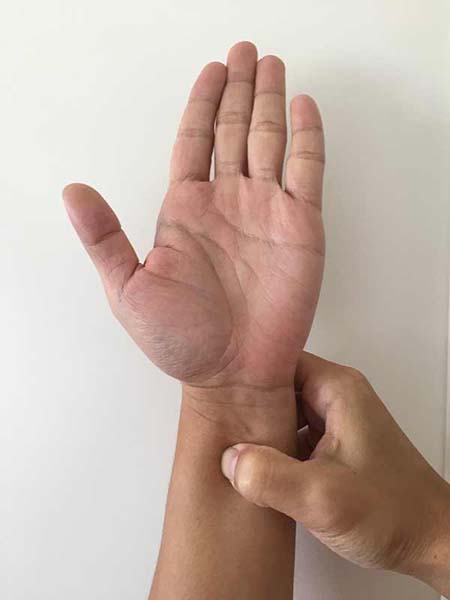
Every reflexology session is designed to bring you pain and stress relief at the same time. Practitioners apply gentle pressure with the thumbs or fingers, which speeds up the flow of energy. Experts will rely on multiple areas of the body for each treatment. That includes the feet, hands, and ears.
Each area the practitioner will apply pressure is believed to be linked to the human body’s specific organs. These organs correspond with our Qi (life force). The pressure used during therapy is supposed to promote a psychological response. In other words, it’s a unique massage that has been perfected for thousands of years.
The reason why most practitioners start with the feet is that there are almost 7,000 nerve endings there. This creates the ultimate surface for a massage. Since reflexology can stimulate these nerves, the effects can radiate all across the central nervous system and soothe the pain.
With the constant flow of energy, you get to stabilize the Qi and allow the body to heal on its own. This can help break the cycle of pain and help the system relax.
Acupoints For Arthritis
There are certain spots on the body ideal for massage manipulation. These are what we call acupoints. According to traditional Chinese medicine, acupoints are specifically selected points on the body that can offer some fantastic therapeutic effects.
Whenever you apply pressure with the fingers, you can stimulate these acupoints, helping you obtain numerous beneficial effects. Research shows that by stimulating the acupoints, your body can release unique substances that can inspire some positive changes that benefit organ function.
Some acupoints work better than others for improving arthritis pain. They work well with both acupuncture and acupressure treatments. Chinese experts recommend that you try them out on the first day you start feeling pain. With daily stimulation, you can reduce the discomfort and pain.
The best acupoints for arthritis are:
- GV-14, Dazhui Point
- TE-5, Waiguan Point
- LI-11, Quchi Point
- Baili Point
Take a look at the details below to learn more. Just remember that the key to getting good reflexology or acupressure massage is to keep the acupoints warm and take a break from time to time to avoid causing your body any pain.
-
Acupoint: GV-14 (Other Names: The Governing Vessel-14/Da Zhui/Great Vertebra)
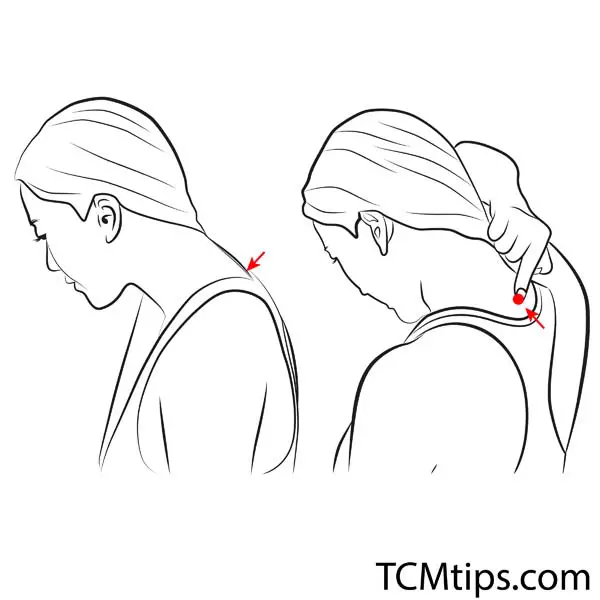
On the lower edge of the bone protrusion, along the spine, you can find the Dazhui acupoint. It’s located at the junction of the neck and head. People use it to get rid of any stiffness and pain. But it can also come in handy for convulsions or tremors.
Note: Make sure you use gentle pressure when massaging this area. Since the acupoint is closely linked to the spinal canal, you mustn’t damage the skin or use too much pressure.
-
Acupoint: TE-5 (Other Names: Triple Energizer-5/Wai Guan/Outer Pass)
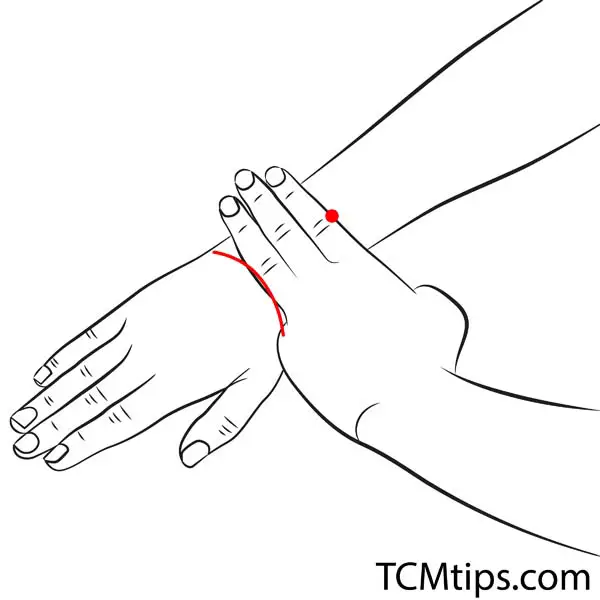
The forearm plays a valuable role in pain control. Most of the arthritis problems are often spotted on the hands and in some cases, it may even lead to carpal tunnel. With this reflexology acupoint, you can work out the pain and remove the discomfort.
To find the spot, take a look at the back of the hand facing upwards. It is located three fingers from the wrist, right next to the elbow in the transverse crease. People use it to decrease inflammation, pain in the wrists or arms.
-
Acupoint: LI-11 (Other Names: Large Intestine-11/Qu Chi/Pool at the Crook)
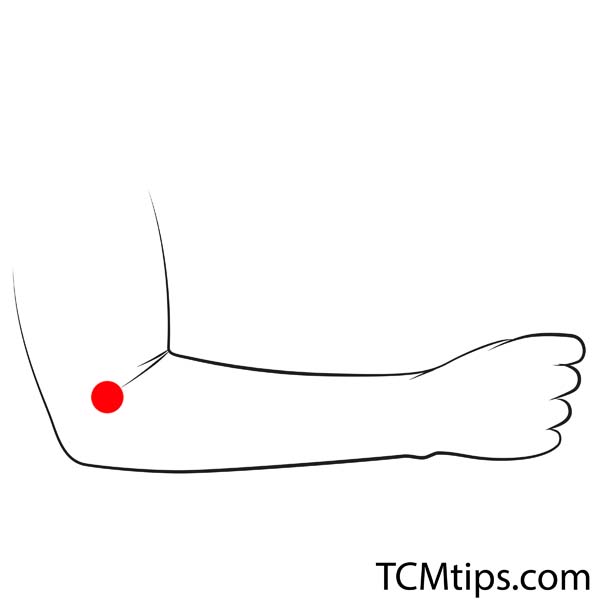
This acupoint is a little bit tricky to locate. But, if you know what you are looking for, you will find it in no-time. Just flex the elbow and look for the lateral end of the cubital crease. People massage this particular spot to manage motor impairment, pain, and swelling. But it can also prove useful for mild toothache.
-
Baili Point
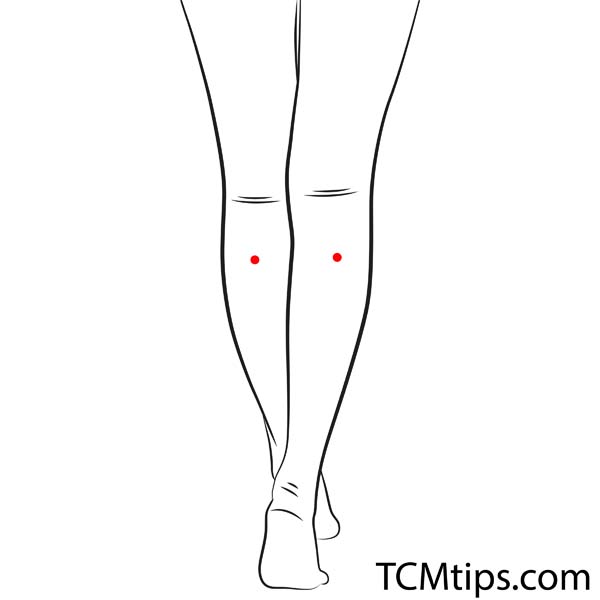 There are many acupoints in the leg. But, this one could be particularly beneficial. To find it, you would have to look at the back of the leg. Bend the knees, and the spot should be five centimeters just below the fold.
There are many acupoints in the leg. But, this one could be particularly beneficial. To find it, you would have to look at the back of the leg. Bend the knees, and the spot should be five centimeters just below the fold.
How To Take Care Of Your Joints After You Turn 50
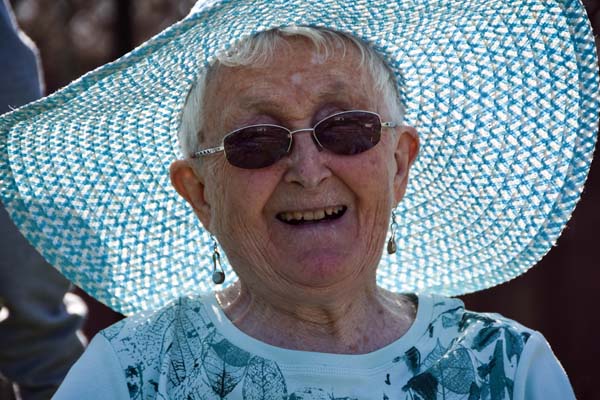
Arthritis is a complex illness. If you want the reflexology to work, you need to take proper care of your joints, especially the knees. The knees are particularly vulnerable to arthritis pain. They are very flexible and control walking, turning, accelerating, stopping, and jumping opportunities.
Simply put, your legs will rely on the knees. With degenerative arthritis, the knees can quickly get damaged. This is one of the main reasons you are feeling so much pain. Chinese experts recommend that you try the following options to take good care of your joints.
Start by:
- Reducing the pressure on the knee cap (don’t lift heavy objects and try to keep a healthy weight)
- Wearing kneepads as often as possible to boost protection.
- Avoiding heavy impact exercises that might damage the joints (ex: mountain climbing, heavy lifting, going up and down the stairs, etc.)
- Focusing on gentle and moderate exercises (ex: walking, dancing, swimming, etc.)
- Eating foods packed with flavonoids. These foods have potent antioxidant properties and coenzymes, which may be of value with collagen synthesis.
Foods You Shouldn’t Eat

There is more to taking care of your joints than it meets the eye. The food you eat has a valuable role to play. When you don’t regulate your diet, you can put a lot of strain on your arthritis pain. Some foods may worsen the condition. Here is a list of foods to avoid.
-
Too Much Oil
Some processed foods are packed with high amounts of soybean oil and fats. In regular Western diets, the amount of omega-6 fatty acids exceeds that of omega-3 fatty acids. In fact, in most meals, people are getting 25 times more omega-6 than omega-3 fatty acids.
This kind of abnormal ratio is known for causing joint pain, inflammation, and heart problems. What you can do is balance them out. To eat a healthy amount of fatty acids, opt for fresh products. Also, add more seafood to your meal plans and incorporate fish oil supplements to your diet.
-
Extreme Amounts of Sugar
Too much sugar makes you vulnerable to arthritis. It can also worsen the pain in the joints and discomfort. By controlling the sugar intake, you can take better care of your joints.
-
Saturated Fats
Saturated fats can inflame the adipose tissue, which can worsen the impact of arthritis. Read the product labels and focus more on healthy meals instead of fast food to balance out the saturated fats in your system.
Final Thoughts
Arthritis is a complex illness to manage. But, reflexology and acupressure massage could give you the relief you need. Stimulating specific acupoints can soothe the pain and help people manage their condition.
Credit: Photo by Andrea Piacquadio from Pexels, and Tsuneya on Unsplash

Try our Anti-Aging Gua Sha Tool designed to bring out your skin’s natural glow.
Best Gua Sha Product- Anti-Aging: The tool is designed to target 11 specific aging signs such as wrinkles and sagging skin. By following the 7-step routine, users can improve skin firmness and reduce fine lines naturally.
- Enhances Skincare Routine: It works effectively with serums and lotions, boosting absorption and efficacy of skincare products.
- Visible Skin Improvement: Users can expect a smoother complexion, reduced puffiness, and a more youthful appearance.
 P. Sze
P. Sze 